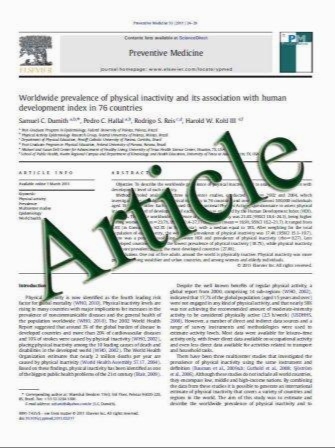Development and technique of per oral endoscopic myotomy (POEM) for achalasia
- نوع فایل : کتاب
- زبان : انگلیسی
- مؤلف : E. Rieder1, C. M. Dunst2, A. S. Kastenmeier1, K. I. Makris1, L. L. Swanstrِm2
- چاپ و سال / کشور: 2011
Description
Background: Achalasia is a primary esophageal motor disorder involving the absence of esophageal body peristalsis and defective relaxation of the lower esophageal sphincter. The optimal treatment is still controversial. Per oral endoscopic myotomy (POEM) has recently evolved from developments in Natural Orifice Translumenal Endoscopic Surgery (NOTES). Methods: Substantial experimental work in animals and cadavers was performed to establish the technical approach for POEM before clinical implementation. This flexible endoscopic procedure involved incising the midesophageal mucosa followed by access into the submucosal space. A tunnel onto the gastric cardia was dissected and selective division of the circular/sling-fibers of the lower esophageal sphincter (LES) was performed by needle knife cautery. The mucosotomy was closed by conventional endoscopic hemoclips. Subsequently, a 61-year-old male patient with achalasia was enrolled in an ongoing study. Results: Based on preclinical work, the steps of endoscopic submucosal myotomy were defined. In the patient described, mucosal balloon-dilatation facilitated access into the submucosal space. Dissection was performed until 3 cm below the gastroesophageal junction and the partial myotomy was 7 cm. The mucosal entry was easily closed. Postoperative esophagogram did not detect esophageal leakage and the patient was discharged on the next morning. He reported immediate symptom relief on the 2-week clinical follow-up without the need of pain medication. Conclusions: POEM for achalasia is a perfect example of the true surgical revolution resulting from NOTES research. Although the long-term outcome of POEM has still to be evaluated, the promise of this novel procedure seems more than obvious.
Eur Surg (2011) 43/3: 140–145 DOI 10.1007/s10353-011-0017-z Received June 7, 2011; accepted June 10, 2011


